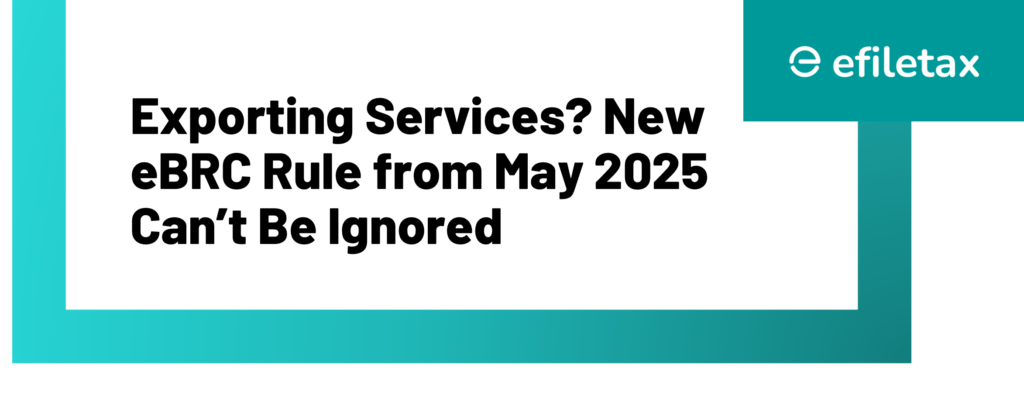
Satin Creditcare’s FY26 Growth Plan: What It Means for You
Satin Creditcare Network Ltd, one of India’s top microfinance institutions, expects 10–15% loan growth in FY26, according to CMD H.P. Singh. This isn’t just another forecast—it’s a signal of expanding rural credit and a changing lending landscape for small borrowers and NBFCs.
Let’s break it down for Indian taxpayers, borrowers, and financial consultants.
Key Highlights of Satin’s FY26 Strategy
| Focus Area | Details |
|---|---|
| Loan Growth Target | 10–15% in FY26 (vs. 25–30% in FY25) |
| Reason for Conservative Target | Election-linked disruptions and reduced demand in Q1 |
| Key Borrower Segment | Rural women-led micro-enterprises |
| Geographic Spread | Focus on Uttar Pradesh, Bihar, MP, Chhattisgarh, Jharkhand |
| Disbursement FY25 | ₹10,065 crore disbursed |
| Total Borrowers Served | Over 32 lakh |
Why This Matters: A Tax & Policy Perspective
1. Section 80P Implications for NBFCs:
Microfinance growth may reignite debates on tax benefits to NBFC-MFIs under cooperative structures. Consultants must watch out for any Finance Bill 2025 clarifications.
2. MSME Benefits:
Borrowers availing loans from Satin can leverage MSME Udyam Registration to access credit-linked schemes and subsidies—link to government MSME site: udyamregistration.gov.in
3. Electoral Impact on Credit Demand:
As Singh pointed out, election activity can delay loan cycles. This is a common pattern—consultants should factor this when advising small borrowers in Q1 FY26.
Practical Tips for Small Borrowers
- Repay EMI on time to stay eligible for future credit, especially with tightened lending norms.
- Register under Udyam portal for government schemes.
- Maintain separate business and personal expense records for tax deductions.
Satin Creditcare FY26 vs FY25 – A Quick Comparison
| Parameter | FY25 | FY26 (Projected) |
|---|---|---|
| Loan Growth | 25–30% | 10–15% |
| Disbursement | ₹10,065 crore | ~₹11,000–11,500 crore |
| Strategy Focus | Expansion & onboarding | Stability post-election |
Satin Creditcare targets 10–15% loan growth in FY26, with a shift toward risk-managed rural lending.